Alex F. Mendelson
Multi-Atlas Based Pathological Stratification of d-TGA Congenital Heart Disease
Apr 05, 2021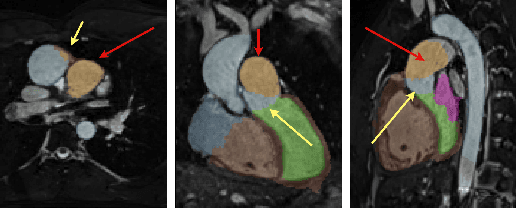

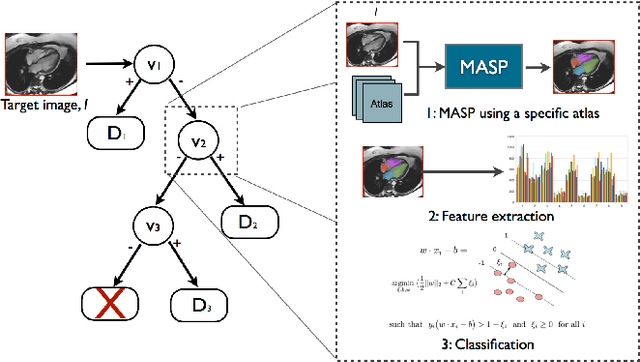
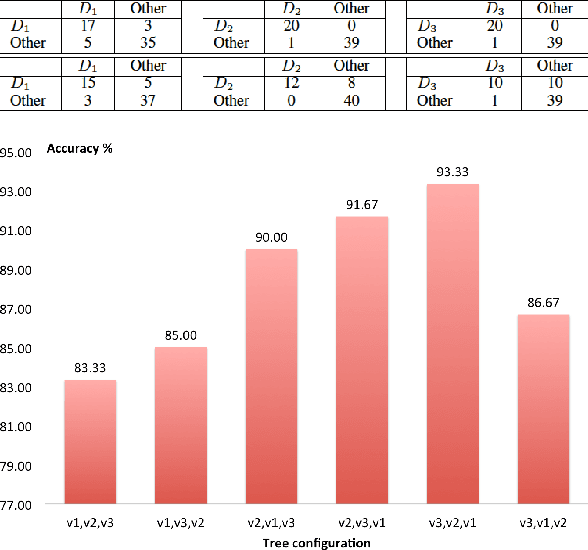
Abstract:One of the main sources of error in multi-atlas segmentation propagation approaches comes from the use of atlas databases that are morphologically dissimilar to the target image. In this work, we exploit the segmentation errors associated with poor atlas selection to build a computer aided diagnosis (CAD) system for pathological classification in post-operative dextro-transposition of the great arteries (d-TGA). The proposed approach extracts a set of features, which describe the quality of a segmentation, and introduces them into a logical decision tree that provides the final diagnosis. We have validated our method on a set of 60 whole heart MR images containing healthy cases and two different forms of post-operative d-TGA. The reported overall CAD system accuracy was of 93.33%.
What is the distribution of the number of unique original items in a bootstrap sample?
Feb 18, 2016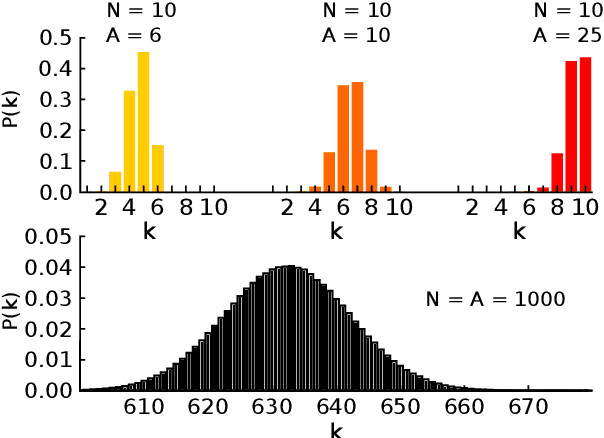
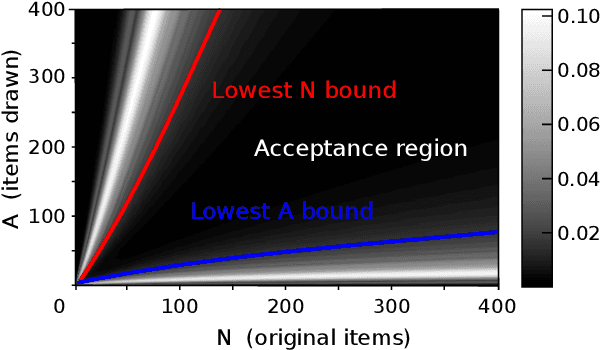
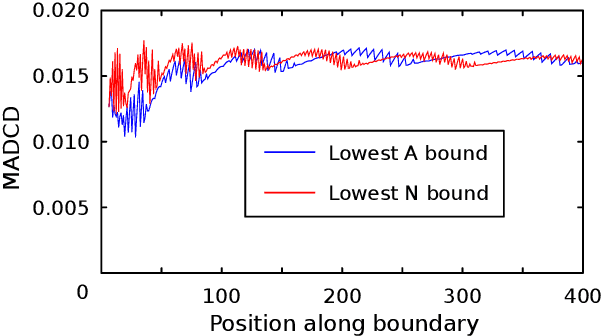
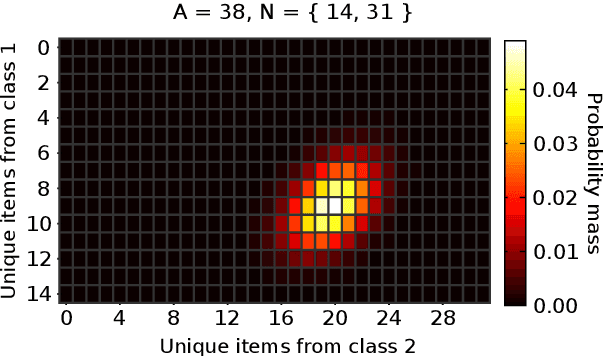
Abstract:Sampling with replacement occurs in many settings in machine learning, notably in the bagging ensemble technique and the .632+ validation scheme. The number of unique original items in a bootstrap sample can have an important role in the behaviour of prediction models learned on it. Indeed, there are uncontrived examples where duplicate items have no effect. The purpose of this report is to present the distribution of the number of unique original items in a bootstrap sample clearly and concisely, with a view to enabling other machine learning researchers to understand and control this quantity in existing and future resampling techniques. We describe the key characteristics of this distribution along with the generalisation for the case where items come from distinct categories, as in classification. In both cases we discuss the normal limit, and conduct an empirical investigation to derive a heuristic for when a normal approximation is permissible.
 Add to Chrome
Add to Chrome Add to Firefox
Add to Firefox Add to Edge
Add to Edge